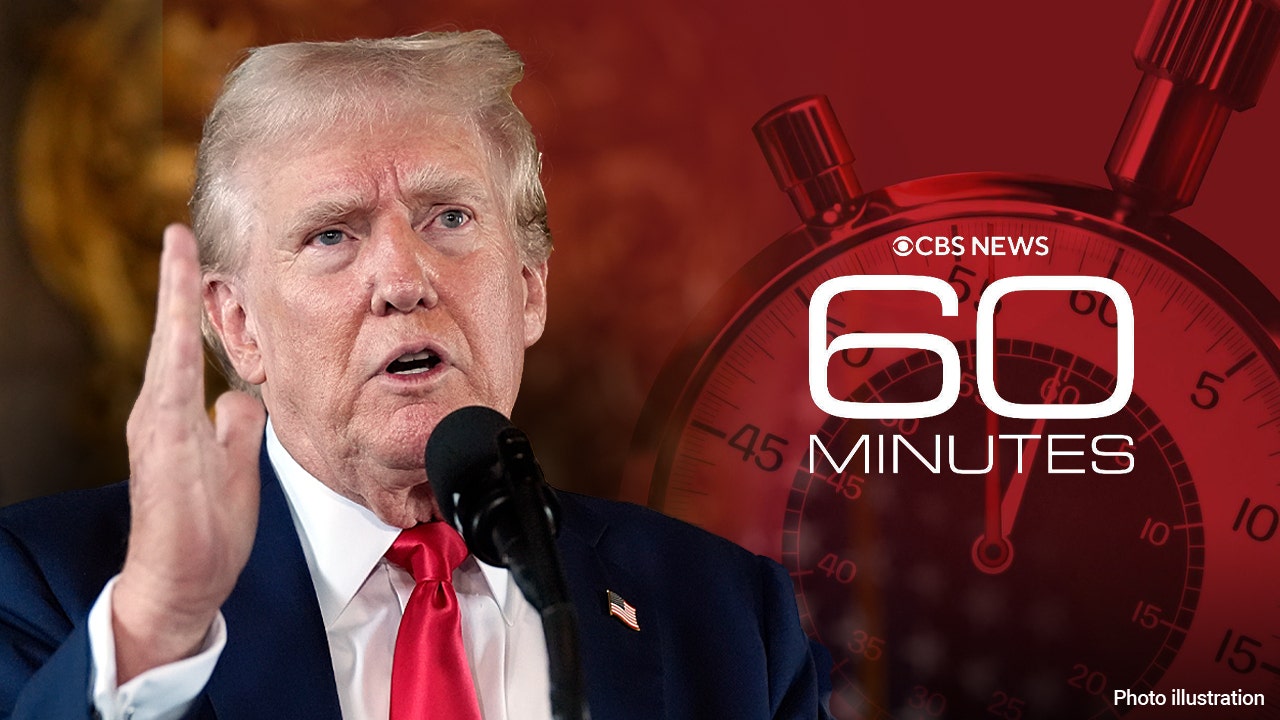Donald Trump’s threat to impose 30 per cent tariffs on imports from the European Union increases the risk of a transatlantic trade war.
However, further talking lies ahead before the August 1st deadline when these tariffs are due to be imposed. This may well be Trump’s latest negotiating tactic, but the terms in which it is expressed will make it difficult to find a way forward.
While responding calmly in public, the EU will be furious that following detailed negotiations on an outline deal, which appeared to have been largely agreed, the US president has thrown in another hand grenade.
Will the 30 per cent tariffs ever be introduced?
Trump will know that tariffs at this level would be hugely damaging to the US, as well as Europe, and would surely set off a trade war.
Indeed, the reaction of the markets on Monday will be worth watching and could have an impact on what happens next. Trump
may well be threatening chaos in a bid to win late concessions. However, the tone of his letter to European Commission president Ursula von der Leyen means the damage caused will not be easily repaired. Trump is playing a dangerous game.
There will be more talking, but some EU leaders already feel Europe is offering too much and should have responded earlier with its own tariffs to the string of charges Trump has already imposed.
Wasn’t a trade deal almost agreed in principle, anyway?
It was. And this is why the EU was so surprised by Trump’s latest move. It now remains to be seen whether a basis can be found to restart trade talks. The EU has already moved a good distance to get a deal with Trump and thought there was an agreement in principle with their US counterparts. They had accepted that the 10 per cent tariffs which Trump imposed would remain in place, a significant concession. The need in Europe for US support for the war in Ukraine has also been a key factor in the conciliatory EU approach, as well as a desire to avoid a full-blow trade conflict.
Now Trump has thrown this back in Europe’s face, repeating his allegations of unfair trade practices and making no reference to the outline deal on the table in his letter.
Europe’s politicians – including Taoiseach Micheál Martin and Tánaiste Simon Harris – have responded by saying that negotiations will continue. In private, however, they will wonder whether there is any point negotiating with senior US ministers when their president can just cast the outcome aside.
Trump’s letter could hardly have been more dismissive and disrespectful. It threatens that if the EU responds with tariffs of its own, the US tariffs will increase to match, above the 30 per cent level. This is how trade wars start, of course, causing huge economic damage if they continue for any prolonged period.
What happens now?
Europe’s politicians face one immediate decision – whether to extend the deadline for imposing tariffs on €21 billion of US imports into the EU, in retaliation for Trump’s earlier move on steel and aluminium. These had been delayed but are due to come into force at midnight on Monday. A further deferral had been seen as likely, with a US-EU outline deal in the works. Now there will be those arguing to move ahead immediately.
EU ambassadors will gather in Brussels on Sunday evening to start to plot a way forward, followed by trade ministers on Monday. Von der Leyen said the EU wants to continue talking but was ready to respond in a proportionate way if needed. The question for ministers to decide is whether there is any point in holding off the first phase of retaliatory tariffs further, perhaps even to August 1st.
How will this affect Ireland?
For Ireland, all this underlines the uncertain international economic backdrop and the risks ahead. An all-out US/EU trade war would hit Ireland particularly hard, given the economy’s strong trade and investment links with the US.
A permanent 30 per cent tariff would also be hugely disruptive to Irish exports to the US and transatlantic trade – and would cost growth and jobs. But as it is just the latest in a series of threats of tariff levels we need to wait and see for now.
[ The EU/US tariff deal: The good, the bad and the potentially ugly for Ireland ]
Among the Irish exports exposed to higher tariffs are food and drink – such as butter, whiskey and cream liqueur – and medical products. They are all already paying the additional 10 per cent charge imposed in the Spring.
Ireland’s biggest exports to the US are, of course, pharma products. They have not been the subject of tariffs so far. It appears that these may not be included in the latest threat, with the Trump letter saying that the 30 per cent proposed tariff is “separate from all sectoral tariffs”.
These sectoral charges are imposed using different legislation than the wider so-called reciprocal tariffs and cover steel, aluminium and cars already, with studies under way on semiconductors and pharma, where Trump is trying for force investment back to the US.
Is this all just a ploy by Trump?
Europe will see Trump’s move as a negotiating tactic and expect a difficult few weeks ahead. It will hope this was just a bit of Trump showbusiness on the way to a deal.
But with the EU already feeling it has offered a lot to Trump, what else can now be put on the table? The risk of a bad outcome has just gone up.









